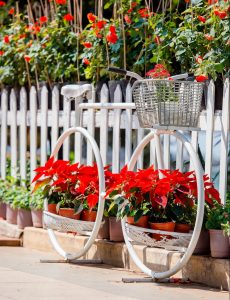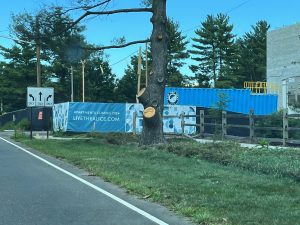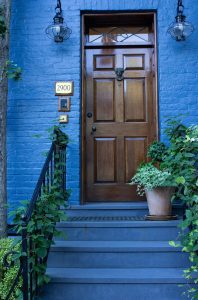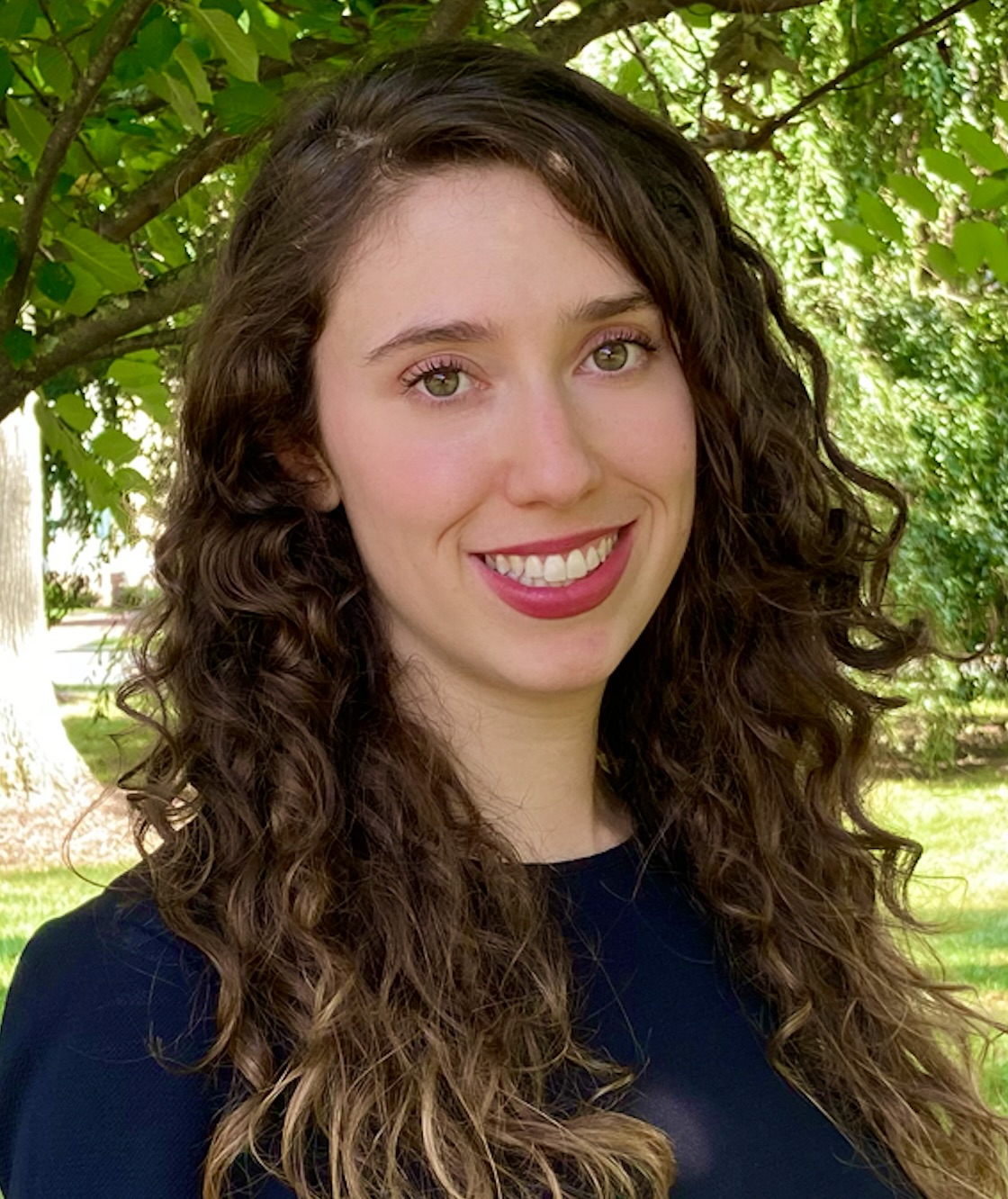 Climate change is scary because it’s forcing us to recon with our decades of industrialization without consequence. When we view climate change from a lens of loss, it’s hard to feel anything but a sense of grief.
Climate change is scary because it’s forcing us to recon with our decades of industrialization without consequence. When we view climate change from a lens of loss, it’s hard to feel anything but a sense of grief.
At least, that’s how I felt when I first started working in sustainability. But I’ve since taken a radically new approach. Conservation isn’t about saving ourselves from loss; it’s about loving and cherishing the natural world we have here and now.
I grew up in a single-family suburban home with a gigantic, grassy lawn surrounded by woods in Pennsylvania. You don’t need a biology degree to notice the stark difference between the variety of plants and animals that lived in the wooded area versus the lack thereof on our monoculture lawn, but it never really occurred to me that there was anything “wrong” with it. For me, the wakeup call came when I started working as the communications and outreach manager for Sustainable Princeton. I remember feeling absolutely dumbfounded when I heard Christine Symington spell it out for me. “Your yard is not in the local ecosystem; it IS the local ecosystem”. Such an obvious connection, yet I was blind to it —my upbringing as a white, upper middle class, suburbanite taught me that the yard was a chore, and the lawn’s sole purpose was aesthetics.
 One of the Sustainable Princeton’s strategic action pillars is protecting our local ecosystem. The municipality has an open space manager and an arborist on staff dedicated to stewarding our public spaces and tree canopy, but who was there to help residents become stewards of the land they live on? That’s where Sustainable Princeton has focused on filling the gap.
One of the Sustainable Princeton’s strategic action pillars is protecting our local ecosystem. The municipality has an open space manager and an arborist on staff dedicated to stewarding our public spaces and tree canopy, but who was there to help residents become stewards of the land they live on? That’s where Sustainable Princeton has focused on filling the gap.
From a practical standpoint, Sustainable Princeton does consistent educational outreach to the community. If you get our newsletter, attended one of our many events or visited our website, you’ve probably learned or did something related to planting native versus invasive species, pollinators (beyond just our friends, the bees), managing stormwater, converting lawns into meadows and apartment patios into tiny pollinator gardens, managing fall leaves, and recognizing our role in the bigger ecological picture. While all these efforts certainly qualify as efforts of conservation of natural resources, I prefer to think of it as helping people fall in love with not just “nature,” but the nature we call home.
I would also like to point out that one of our biggest natural resources is our community, and Princeton is a growing one. Sustainable Princeton promotes development that follows smart growth principles, which prioritize dense, diverse, walkable, bikeable, vibrant neighborhoods. Density preserves our open spaces so they can remain the unspoiled, ecological respite we all need.
 Community growth, and development in particular, can be difficult topics for some neighbors to have conversations about. The idea of change in a town that prides itself on its history can appear counterintuitive, or even destructive. But the reality is that Princeton is special because of the changemakers and forward thinkers who called (and continue to call) Princeton home. Progress is essential to the Princeton identity. Sometimes it appears contradictory to support development while being an environmentalist, but it’s not a zero-sum game when we advocate for smart growth. While it can be painful to see trees being removed around the Princeton Shopping Center, it is comforting to remember how many more trees were preserved by developing a site that has existing infrastructure such as roads, electricity, and plumbing. I’m also heartened to know that even construction projects that add 400 square feet of impervious cover are legally required by our municipality to improve stormwater management and required by the state to do so by using green infrastructure methods, not gray.
Community growth, and development in particular, can be difficult topics for some neighbors to have conversations about. The idea of change in a town that prides itself on its history can appear counterintuitive, or even destructive. But the reality is that Princeton is special because of the changemakers and forward thinkers who called (and continue to call) Princeton home. Progress is essential to the Princeton identity. Sometimes it appears contradictory to support development while being an environmentalist, but it’s not a zero-sum game when we advocate for smart growth. While it can be painful to see trees being removed around the Princeton Shopping Center, it is comforting to remember how many more trees were preserved by developing a site that has existing infrastructure such as roads, electricity, and plumbing. I’m also heartened to know that even construction projects that add 400 square feet of impervious cover are legally required by our municipality to improve stormwater management and required by the state to do so by using green infrastructure methods, not gray.
Ecological ruin and climate change are one in the same, and when we approach these massive, and downright scary issues from a place of fear, it can be paralyzing. But, when we fall in love with the world around us, we can’t help but want to conserve and preserve it. In my line of work as a sustainability communicator, it’s not about punishing people for wanting a lawn, but rather about showing people how beautiful, colorful, and diverse the land is when you let it express itself. When I think back to the monotony of a traditional grass lawn I grew up with, suddenly it appears lackluster and maybe even boring when compared to the vibrancy of a meadow dotted with purple coneflowers and glowing with summer fireflies.
 My work through Sustainable Princeton has given me an outlet to discover the joy of becoming a friend to our local ecosystem. I’ve learned the names of many of our native flora and am eager to point them out to my husband on our evening walks through town. I’ve added a few potted natives to my own apartment’s little patio and have been delighted to see visiting bees and other pollinators stop by. My patio is tiny, but I’m proud that even it is playing some role in honoring and preserving our beautiful land.
My work through Sustainable Princeton has given me an outlet to discover the joy of becoming a friend to our local ecosystem. I’ve learned the names of many of our native flora and am eager to point them out to my husband on our evening walks through town. I’ve added a few potted natives to my own apartment’s little patio and have been delighted to see visiting bees and other pollinators stop by. My patio is tiny, but I’m proud that even it is playing some role in honoring and preserving our beautiful land.
If you ever find yourself looking at your own grassy lawn, or patio or window box, and wondering if it could serve a greater purpose, I am here to tell you, yes, it does. There is no lawn, patio, porch, front step or window box too small to matter. A single potted plant on a front step may not change the world, but Princeton is a tapestry of front steps, and uniquely poised to serve as a model in our state and beyond.
And whenever you want to take that leap into love of nature and our community, Sustainable Princeton, along with the many other local mission-driven nonprofits, committees and commissions, we are proud to work alongside of, are here to support your efforts, big and small.

Elana Berk is the communications & outreach manager for Sustainable Princeton, an independent nonprofit with a mission to foster sustainable living and climate action at the community level. She lives in town, walks to work, and feels grateful for both.
